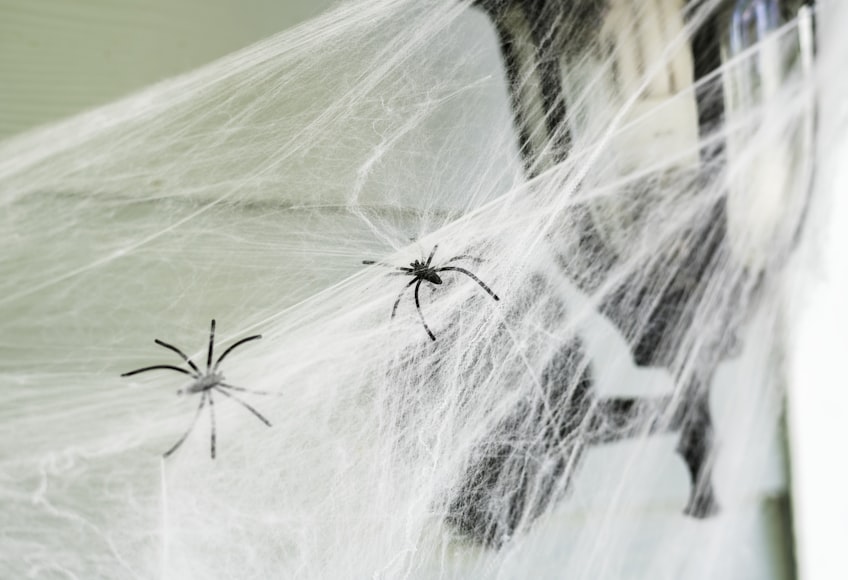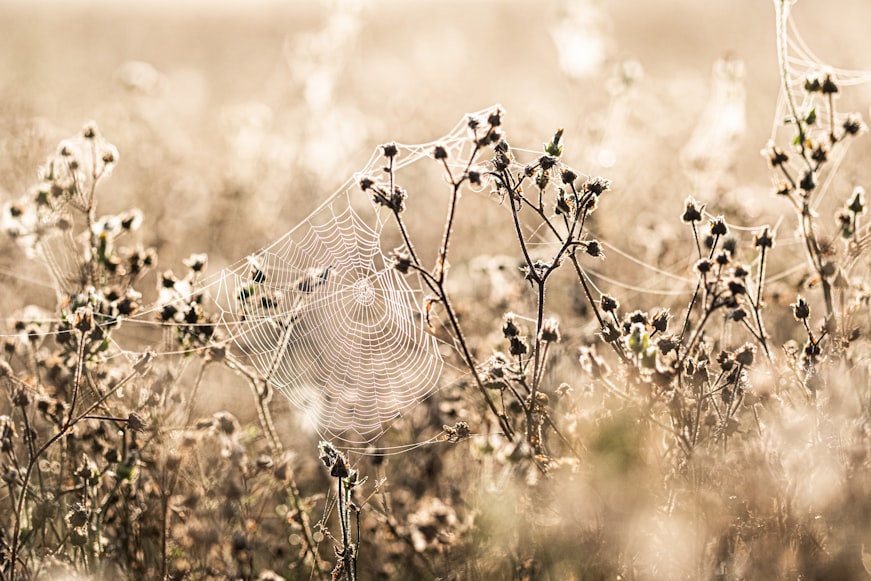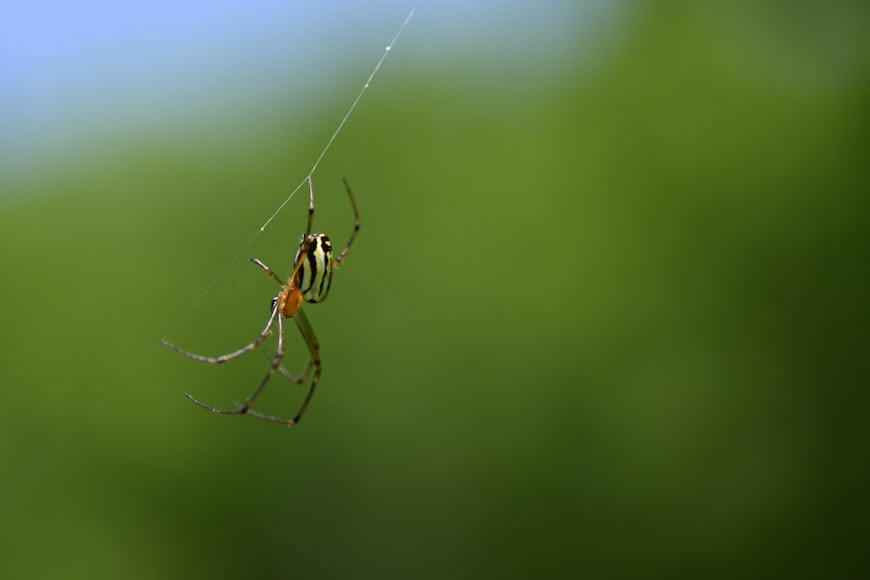Cranberry fields are a unique and fascinating ecosystem. When most people think of cranberries, they picture the bright red berries floating in water during harvest. But beneath the surface, there’s a hidden world teeming with life. Among the most important and overlooked residents are cranberry field spiders. These tiny creatures play a crucial role in maintaining the health and balance of cranberry bogs.
The Secret Life of Cranberry Field Spiders
Cranberry field spiders are not a single species, but rather a collection of different spiders that thrive in the moist, lush environment of cranberry bogs. These spiders are masters of adaptation. They have evolved to survive in the ever-changing conditions of the bog, from wet harvest seasons to dry summer days. Their webs can be found stretched between cranberry vines, hidden under leaves, or even floating on the water’s surface.
Spiders in cranberry fields are usually small and agile. Their bodies are often brown or green, helping them blend in with the vines and moss. This camouflage protects them from predators and allows them to sneak up on their prey. The most common types of spiders found in cranberry fields include orb-weavers, sheet weavers, and jumping spiders. Each type has its own hunting style and preferred hiding spots.
Why Cranberry Field Spiders Matter
Cranberry field spiders are more than just tiny inhabitants of the bog. They are natural pest controllers. Cranberry fields attract a variety of insects, some of which can damage the crop. Spiders help keep these pests in check by feeding on them. This natural form of pest control reduces the need for chemical pesticides, making cranberry farming more sustainable and environmentally friendly.
Without spiders, cranberry fields would be overrun by insects like aphids, leafhoppers, and caterpillars. These pests can chew through leaves, suck sap from vines, and even damage the berries themselves. By preying on these insects, cranberry field spiders protect the plants and help ensure a healthy harvest.

The Webs That Bind the Bog
One of the most fascinating things about cranberry field spiders is the variety of webs they create. Orb-weavers spin classic round webs that glisten with morning dew. These webs are often found between taller vines or near the edges of the field. Sheet weavers, on the other hand, build flat, dense webs close to the ground. These webs act like traps, catching small insects that wander too close.
Jumping spiders don’t build webs to catch prey. Instead, they use their incredible eyesight and agility to stalk and pounce on insects. You might spot a jumping spider perched on a cranberry leaf, watching for movement. Each type of web and hunting style adds to the diversity and balance of the cranberry field ecosystem.
Spiders and the Cranberry Harvest
Harvest time is a busy season in cranberry fields. Workers flood the bogs, and machines churn through the vines to collect the berries. During this time, cranberry field spiders must adapt quickly. Some spiders move to higher ground or cling to floating debris. Others retreat into the dense foliage, waiting for the water to recede.
Despite the disruption, most spiders survive the harvest. Their resilience is a testament to their adaptability. After the harvest, spiders return to their webs and resume their role as guardians of the bog. Their presence ensures that the next crop of cranberries will be protected from pests.
The Relationship Between Spiders and Farmers
Cranberry farmers have learned to appreciate the value of spiders in their fields. Many farmers avoid using broad-spectrum pesticides that could harm spiders and other beneficial insects. Instead, they focus on integrated pest management, which combines natural predators like spiders with targeted treatments for specific pests.
Some farmers even encourage spider populations by planting cover crops or leaving patches of natural vegetation around the edges of their fields. These areas provide shelter and food for spiders, helping them thrive. By working with nature, farmers can grow healthier cranberries and reduce their impact on the environment.
Cranberry Field Spiders and Biodiversity
Biodiversity is essential for the health of any ecosystem, and cranberry fields are no exception. Cranberry field spiders are just one part of a complex web of life that includes insects, birds, amphibians, and plants. Each species plays a unique role in maintaining the balance of the bog.
Spiders are both predators and prey. They feed on insects, but they are also eaten by birds, frogs, and other animals. This interconnectedness helps keep populations in check and prevents any one species from dominating the ecosystem. By supporting spider populations, cranberry farmers help preserve the rich biodiversity of their fields.
How to Spot Cranberry Field Spiders
If you ever visit a cranberry bog, take a closer look at the vines and leaves. You might spot a delicate web glistening in the sunlight or catch a glimpse of a tiny spider darting between the berries. Early morning is the best time to see spiders, as dew highlights their webs and makes them easier to find.
Look for orb-shaped webs between tall vines or flat, sheet-like webs near the ground. Jumping spiders are harder to spot, but you might see them moving quickly across leaves. Remember, these spiders are harmless to humans and play a vital role in the health of the cranberry field.
The Challenges Facing Cranberry Field Spiders
Like many creatures, cranberry field spiders face challenges from habitat loss, climate change, and pesticide use. As cranberry farming practices change, spiders must adapt to new conditions. Warmer temperatures and altered rainfall patterns can affect the timing of spider activity and the availability of prey.
Pesticides, even when used carefully, can sometimes harm non-target species like spiders. Farmers and researchers are working together to find ways to protect spiders while still managing pests. This includes using more selective pesticides, timing applications to avoid peak spider activity, and creating habitats that support spider populations.

The Future of Cranberry Field Spiders
The future of cranberry field spiders depends on the choices we make today. By supporting sustainable farming practices and protecting natural habitats, we can ensure that these tiny guardians continue to thrive. Research into the role of spiders in cranberry fields is ongoing, and new discoveries are being made every year.
Scientists are studying how different spider species interact with pests and how their presence affects crop yields. This research helps farmers make informed decisions about pest management and conservation. As we learn more about cranberry field spiders, we gain a deeper appreciation for their importance in the ecosystem.
Cranberry Field Spiders and Organic Farming
Organic cranberry farming relies heavily on natural pest control methods. Cranberry field spiders are a key part of this approach. Without synthetic pesticides, organic farmers depend on spiders and other beneficial insects to keep pest populations in check.
Organic fields often have higher spider diversity and abundance than conventional fields. This is because organic practices create a more hospitable environment for spiders. Cover crops, reduced tillage, and natural vegetation all provide shelter and food for spiders. By supporting spider populations, organic farmers can grow healthy cranberries without relying on chemicals.
Educating the Next Generation
Teaching children and adults about the importance of cranberry field spiders is essential for their conservation. Many people fear spiders or see them as pests, but education can change these perceptions. School programs, farm tours, and nature walks can help people appreciate the role of spiders in cranberry fields.
By learning about the benefits of spiders, people are more likely to support conservation efforts and sustainable farming practices. Simple actions, like leaving spider webs undisturbed or planting native vegetation, can make a big difference for spider populations.
Cranberry Field Spiders in Folklore and Culture
Spiders have long been a part of human culture and folklore. In many traditions, spiders are seen as symbols of patience, creativity, and protection. In the context of cranberry fields, spiders truly live up to these qualities. Their intricate webs and tireless hunting help protect the crop and ensure a bountiful harvest.
Some cranberry farmers even consider spiders to be good luck. Spotting a spider in the field is seen as a sign of a healthy ecosystem and a promising harvest. This positive attitude towards spiders helps foster a culture of respect and stewardship.
Simple Ways to Support Cranberry Field Spiders
Supporting cranberry field spiders doesn’t require drastic changes. Small actions can have a big impact. Farmers can plant native vegetation around their fields, reduce pesticide use, and create habitats for spiders. Home gardeners can also help by avoiding chemicals and providing shelter for spiders.
Everyone can play a role in supporting these tiny guardians. By learning about cranberry field spiders and sharing this knowledge with others, we can help ensure their survival for generations to come.
Conclusion: Celebrating the Unsung Heroes of the Bog
Cranberry field spiders may be small, but their impact is enormous. They are nature’s pest controllers, biodiversity boosters, and silent protectors of the cranberry crop. Without them, cranberry fields would be less healthy, less productive, and less sustainable.
Next time you enjoy a glass of cranberry juice or a slice of cranberry pie, take a moment to appreciate the tiny spiders working behind the scenes. Their presence is a testament to the power of nature and the importance of every creature in the web of life. By supporting cranberry field spiders, we support the health of our food, our environment, and our future.
